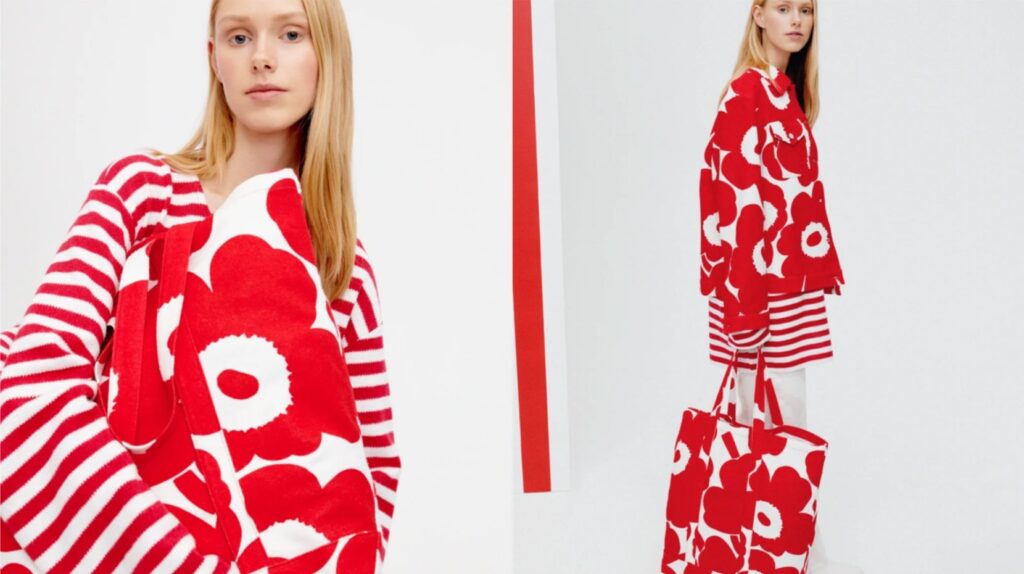
The Rise of Sustainable Textiles in Fashion
Sustainability in fashion is now more than just a fad; it is becoming the standard. With increasing awareness of environmental issues, brands, and consumers are seeking solutions that lower environmental impact. One notable development within this realm is the use of eco-fabrics. These innovative textiles help reduce waste and conserve resources. By incorporating recycled materials into fabric production, the fashion industry can significantly reduce landfill waste and decrease the dependence on virgin resources.
An example of this trend is the rise in garments made from recycled bottles and other post-consumer plastics, which provide a second life to materials otherwise destined for waste disposal. As more companies embrace sustainability, the fashion industry is becoming an essential player in the fight against environmental degradation and global warming. As brands increasingly highlight their environmental footprint, consumers become more vigilant about the ecological impact of their clothing choices.
Advanced Fabric Technologies
Technological advancements in fabric manufacturing have paved the way for materials that offer both sustainability and high performance. One example is moisture-wicking fabrics that keep the wearer dry and comfortable. These fabrics are trendy in sportswear and activewear, as they enhance performance by managing sweat efficiently. Moisture-wicking technology ensures that sweat drawn away from the skin can evaporate quickly, offering comfort even during intense physical activities.
Moisture-wicking Fabrics
Fabrics that wick moisture are created to draw sweat from the body to the fabric’s exterior, improving evaporation. This technology improves comfort and helps regulate body temperature, making it ideal for athletic pursuits. Athletes and fitness enthusiasts prefer garments made from these fabrics due to their ability to keep the skin dry and reduce the risks associated with prolonged moisture exposure, such as chafing and bacterial infections.
Critical Benefits of Eco-Friendly Fabrics
Eco-friendly fabrics provide numerous benefits beyond sustainability. They are often designed with enhanced comfort and durability, ensuring a longer lifecycle for each garment. Long-lasting clothing reduces the frequency of purchases, diminishing environmental impact. Consumers increasingly prioritize these fabrics, reflecting a shift towards more conscious purchasing decisions. This shift signifies a broader societal change towards valuing quality and sustainability over short-term fashion trends.
Durability and Comfort
The durability of eco-friendly fabrics means that items last longer, reducing the need for frequent replacements. This longevity helps to reduce the overall consumption and waste associated with the fashion industry. Additionally, the comfort provided by natural and recycled materials can enhance the wearer’s experience, making sustainable choices that are not only ethical but also practical. Many consumers find that eco-friendly materials offer a higher comfort, as they tend to be more breathable and softer against the skin.
The Role of Fashion Designers
Fashion designers play a crucial role in integrating sustainable textiles into mainstream fashion. They can create products that appeal to eco-conscious consumers by incorporating eco-friendly materials and innovative designs. Collaborative efforts between designers and textile manufacturers are vital in pushing the boundaries of sustainable fashion. Such collaborations often result in groundbreaking designs that merge functionality with sustainability, appealing to a broader audience.
Collaboration and Innovation
Collaboration between designers and textile technologists is essential for innovation. By working together, they can develop fabrics that meet aesthetic and functional requirements, making sustainability a seamless part of the design process. These partnerships can also lead to discovering new materials and production techniques that further reduce environmental impact. For example, partnerships can result in unique fabric blends with recycled content and high-performance characteristics, opening new possibilities for sustainable fashion.
Challenges in the Adoption of Sustainable Textiles
Despite promising advancements, there are challenges to the adoption of sustainable textiles. Cost remains a significant barrier, as eco-friendly materials can be more expensive. Additionally, the supply chain needs to be adapted to support the widespread use of these materials. Building a robust supply chain that supports sustainable practices requires investment and commitment, which can be resource-intensive for smaller brands.
Cost and Supply Chain Issues
The higher cost of sustainable materials can deter some manufacturers from adopting them on a large scale. Furthermore, the existing supply chains may not be equipped to handle the specific needs of eco-friendly fabrics, requiring significant adjustments and investments. Some companies are exploring innovative financing options and forming coalitions to share resources and knowledge to address these issues. These efforts could make sustainable textiles more accessible and affordable in the long run.
The Importance of Consumer Awareness
Consumer awareness and demand play a pivotal role in driving the sustainability movement in fashion. Educating customers about the benefits of eco-friendly fabrics and the importance of sustainable choices can make a significant difference. When consumers recognize the environmental impact of their clothing, they are more likely to support brands that prioritize sustainability. As more consumers opt for sustainable options, the market for these textiles will continue to grow, driving further innovation and adoption.
Education and Demand
When consumers understand the benefits of sustainable textiles, they are more likely to support brands that prioritize these materials, driving broader industry change. Consumer demand for transparency and ethical practices also encourages brands to adopt more sustainable practices, leading to a positive feedback loop where consumer behavior and industry practices continuously improve in favor of sustainability.
Future Trends in Sustainable Fashion
Looking ahead, the future of sustainable fashion appears promising. Innovations such as biodegradable fabrics and clothing made from organic materials are gaining traction. Additionally, there is an increasing focus on circular fashion, which involves creating clothing to be reused or recycled. These trends indicate a progressive shift towards a more sustainable, eco-friendly fashion industry. With advancements in textile technology, the possibilities for creating fully sustainable, high-performance materials are expanding rapidly.
Biodegradable and Organic Fabrics
Biodegradable fabrics that break down naturally after use are becoming popular. Similarly, organic materials grown without harmful pesticides or chemicals are becoming a preferred choice for conscious consumers. These materials offer ecological and health benefits, making them attractive options for reducing their environmental footprint. As the market for such fabrics grows, the availability and variety of biodegradable and organic textiles will likely increase, offering more options for sustainable fashion enthusiasts.
Action Steps for Consumers
Consumers looking to support sustainable fashion can take several actions. Start by choosing brands that prioritize eco-friendly materials and ethical production practices. Additionally, consider the longevity of clothing items before making a purchase. Finally, support initiatives and products that promote recycling and circular fashion principles. By making informed choices, consumers can contribute significantly to the sustainability movement in fashion.
Making Informed Choices
Consumers can make a meaningful difference by prioritizing brands that focus on sustainability and considering the long-term impact of purchases. Supporting recycling initiatives and opting for durable, eco-friendly fabrics can help cultivate a more sustainable fashion industry. Informed and mindful customers help promote sustainable choices, push more companies to embrace eco-friendly methods, and create a better world for the next generation.

